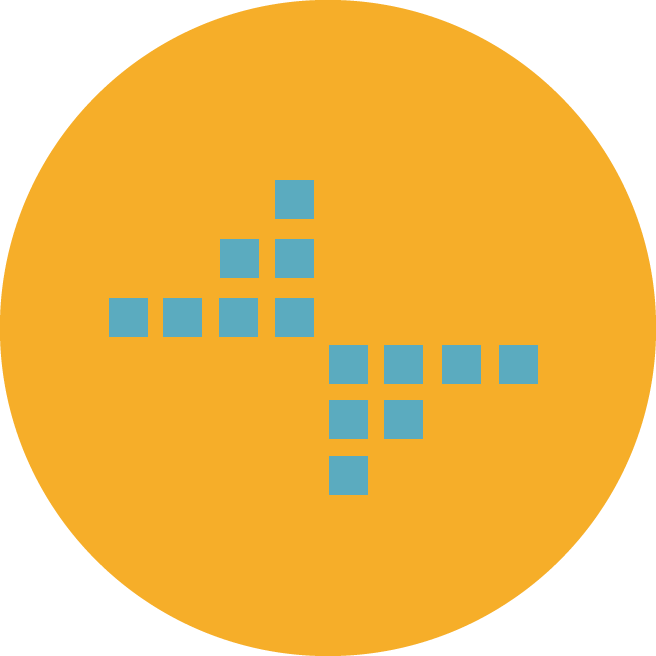
Interventional Pulmonology Market Set for Strong Growth with Advancements in Respiratory Care
The global interventional pulmonology market is on a trajectory of substantial growth, with projections estimating an increase from USD 4.23 billion in 2023 to USD 7.22 billion by 2031, reflecting a compound annual growth rate (CAGR) of 6.92%.
Get to know more - https://www.futurewiseresearch.com/contact.aspx?rpt=11562%20&type=requestsample
Interventional Pulmonology: Revolutionizing Respiratory Care
Interventional pulmonology has emerged as a pivotal subspecialty within respiratory medicine, emphasizing the use of minimally invasive techniques to diagnose and treat a spectrum of pulmonary conditions. By integrating endoscopic, radiologic, and surgical procedures, this field addresses ailments such as lung cancer, airway disorders, and pleural diseases, offering patients alternatives that reduce recovery times and enhance outcomes.
Key Drivers of Market Growth
Several factors are propelling the expansion of the interventional pulmonology market:
- Rising Prevalence of Respiratory Diseases: The global increase in respiratory conditions, including asthma, chronic obstructive pulmonary disease (COPD), and lung cancer, has heightened the demand for advanced diagnostic and therapeutic interventions. According to the World Health Organization, asthma alone affects over 262 million individuals worldwide, underscoring the need for effective pulmonary care solutions.
- Technological Advancements: Innovations such as electromagnetic navigation bronchoscopy (ENB), endobronchial ultrasound (EBUS), and robotic-assisted procedures have significantly enhanced the precision and efficacy of pulmonary interventions. These advancements facilitate accurate diagnosis and targeted treatments, minimizing patient discomfort and recovery periods.
- Preference for Minimally Invasive Procedures: Patients and healthcare providers are increasingly favoring minimally invasive techniques due to their associated benefits, including reduced procedural risks, shorter hospital stays, and quicker return to daily activities. Interventional pulmonology offers such alternatives, contributing to its growing adoption.
- Aging Population: The global rise in the elderly population, who are more susceptible to respiratory ailments, has amplified the need for specialized pulmonary interventions. This demographic shift is a significant contributor to market growth.
Challenges and Restraints
Despite the positive outlook, the market faces certain challenges:
- High Procedure Costs: The expenses associated with advanced interventional pulmonology procedures, encompassing equipment, training, and maintenance, can be prohibitive, particularly in developing regions.
- Limited Skilled Professionals: A shortage of trained interventional pulmonologists in certain areas restricts access to these advanced treatments, highlighting the need for enhanced training programs and educational initiatives.
- Regulatory and Reimbursement Issues: Navigating the complex regulatory landscape and securing favorable reimbursement policies remain hurdles that could impact the widespread adoption of interventional pulmonology techniques.
Opportunities on the Horizon
The market presents several opportunities for growth and innovation:
- Integration of Artificial Intelligence (AI): The incorporation of AI and machine learning into diagnostic processes promises to enhance accuracy and efficiency, paving the way for personalized treatment approaches and improved patient outcomes.
- Expansion in Emerging Markets: Developing regions, characterized by a rising burden of respiratory diseases and improving healthcare infrastructure, offer untapped potential for market expansion. Strategic initiatives aimed at increasing awareness and accessibility in these areas could yield significant benefits.
- Focus on Pediatric Pulmonary Care: Addressing respiratory diseases in pediatric populations presents an opportunity to develop specialized interventional techniques and devices tailored to younger patients, thereby broadening the scope of interventional pulmonology.
Key Players in the Market
Several prominent companies are driving innovation and shaping the competitive landscape of the interventional pulmonology market. These key players include:
- Medtronic PLC: A leading global medical device company, Medtronic offers a range of interventional pulmonology products, including bronchoscopes, airway stents, and surgical tools for pulmonary interventions.
- Boston Scientific Corporation: Known for its expertise in medical devices, Boston Scientific is a major player in the pulmonology space, with products designed for airway management, lung cancer treatment, and diagnostic procedures.
- Olympus Corporation: A prominent player in the market, Olympus manufactures cutting-edge endoscopic equipment, including bronchoscopes, which are widely used in interventional pulmonology procedures.
- Cook Medical: Specializing in medical devices for various specialties, Cook Medical provides products for pulmonary interventions such as stents, biopsy devices, and diagnostic tools.
- Johnson & Johnson (Ethicon): With its vast portfolio, Johnson & Johnson's Ethicon division offers surgical instruments and technologies critical for interventional pulmonology procedures, including robotic-assisted systems.
- Conmed Corporation: A leading provider of medical equipment, Conmed supplies instruments used in various interventional pulmonology procedures, particularly in bronchoscopic and thoracoscopic interventions.
Regional Insights
- North America: Dominates the market due to advanced healthcare infrastructure, high prevalence of respiratory diseases, and robust adoption of innovative technologies. The United States, in particular, accounts for a substantial portion of market revenue.
- Europe: Holds a significant market share, driven by increasing healthcare expenditure, favorable reimbursement policies, and a growing geriatric population prone to respiratory conditions.
- Asia-Pacific: Expected to witness rapid growth attributed to rising awareness of interventional pulmonology procedures, improving healthcare infrastructure, and a large patient pool in countries like China, Japan, and India.
- Latin America and Middle East & Africa: Present untapped opportunities, with market growth anticipated due to the increasing incidence of respiratory diseases and enhancements in healthcare systems.
Recent Developments
- April 2022: Manipal Hospitals-Vijayawada launched its interventional pulmonology unit, equipped with advanced diagnostic and care equipment such as rigid bronchoscopy, EBUS, thoracoscopy, and airway stenting.
- April 2021: Olympus Corporation expanded its bronchoscopy portfolio in the United States with the introduction of H-SteriScope Single-Use Bronchoscopes, a line of five premium endoscopes designed for advanced diagnostic and therapeutic procedures.
Conclusion
The interventional pulmonology market is poised for significant growth, driven by technological advancements, increasing respiratory disease prevalence, and a global shift towards minimally invasive procedures. Addressing existing challenges through strategic initiatives and leveraging emerging opportunities will be crucial for stakeholders aiming to make a meaningful impact in this evolving field.
For further information, please contact:
Vinay T
Head of Business Development
Email: sales@futurewiseresearch.com
UK: +44 141 628 9353
USA: +1 347 709 4931
Website: www.futurewiseresearch.com
Editor Details
-
Company:
- Futurewise
-
Name:
- Aakash Khandare
- Email:
-
Telephone:
- +441416289353
Related Links
- Website: Interventional Pulmonology
